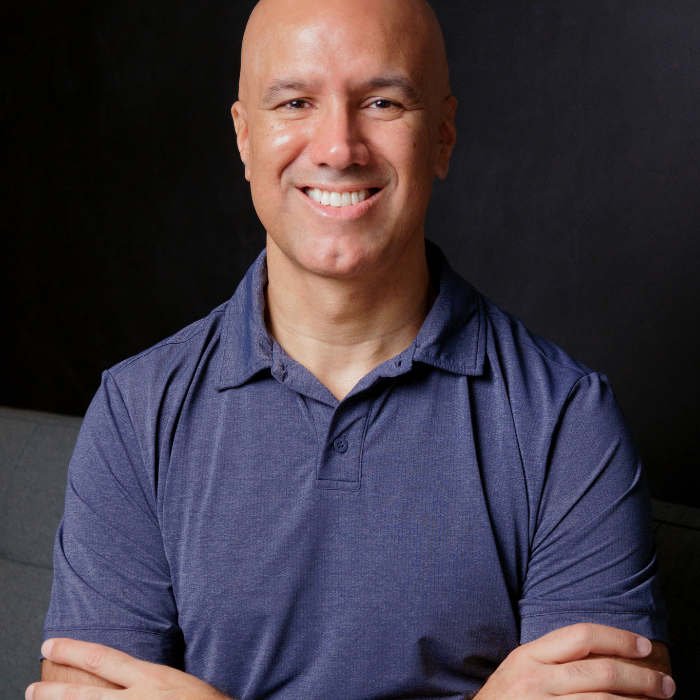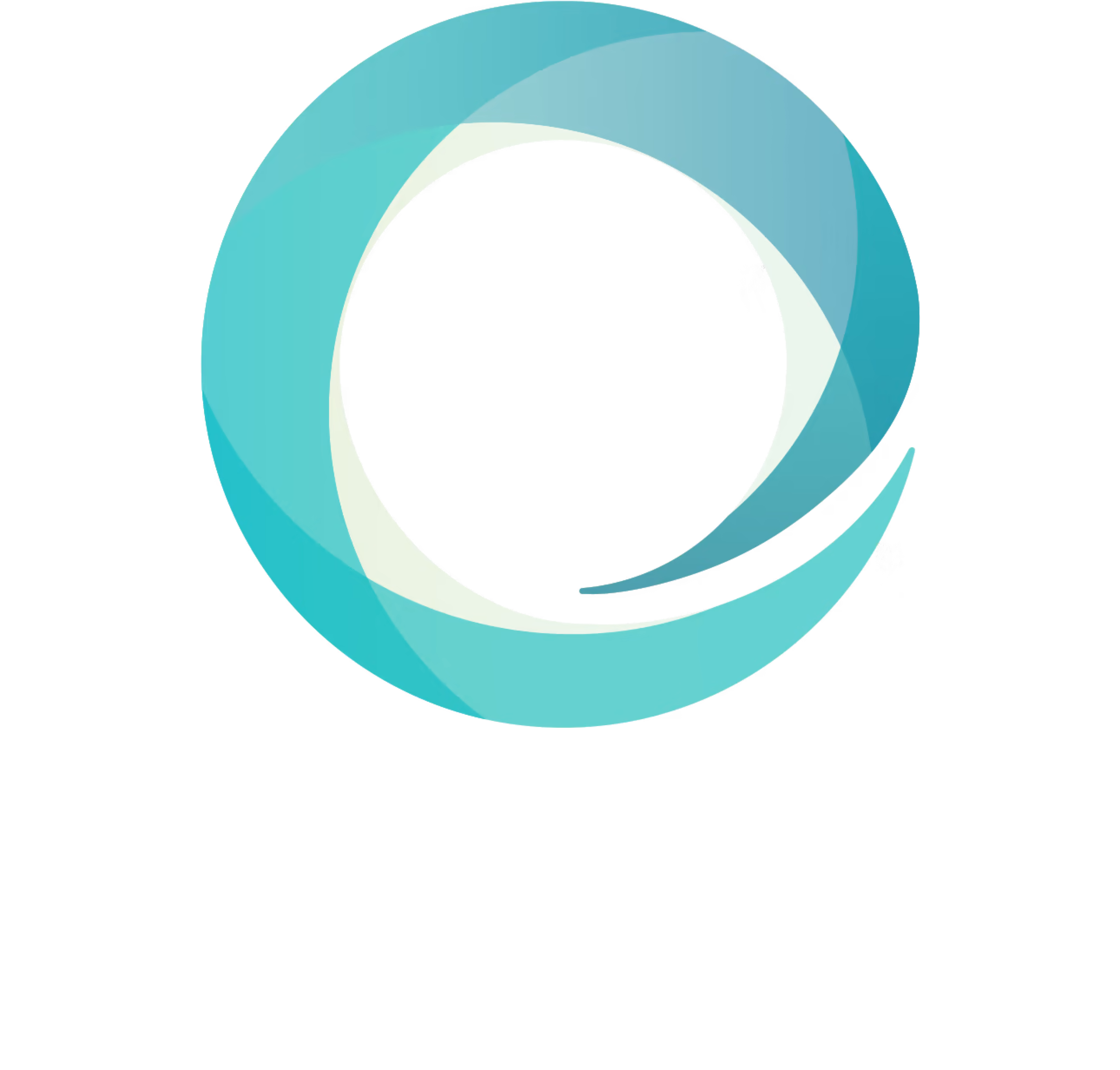"If you give me a lever and a place to stand, I can move the world” Archimedes
In physics, a lever is a rigid object that is used with an appropriate fixed point (fulcrum) to multiply the mechanical force that can be applied to another object. This is also known as the mechanical advantage and it's an example of the principle of moments.
In addition to having discovered how to design machines capable of lifting enemy ships and creating efficient forms of defense and attack, Archimedes understood the power of speed, which gave way to the invention of weapons of mass attack against the Romans, guaranteeing numerous conquests for Syracuse.
When we explore the Universal Laws of Growth, we understand the general principles of biological, social and entrepreneurial growth, as well as the situations that happen for this growth becomes exponential. We also understand that when taking in inspiration from the Red Queen, the super-founders have two alternatives at their disposal by which to pursue exponentiality: brute force and intelligence.
Why are we so dedicated to growth? Because if we're not growing, we're dying. Why do we seek to promote this growth as quickly as possible? Because that's the only way we can surprise the enemy. Why do we want to do this as efficiently as possible? Because resources are often scarce and valuable.
As investors, we have to start with a thesis on what the future is going to be like, and how it can be built. We know that a thesis is a theory in search of proof and, as such, it might be wrong. It's nothing more than a hypothesis.
Our hypothesis is that there is an archetype to be pursued. We understand that an archetype is not reality, but just an ideal that guides us and shows us what perfection could be. It's like having an idol and being inspired by him or her. It's like dreaming of heaven and living with the nuisances of Earth.
We believe that this archetype is based on 12 principles, or levers, that allow for exponential AND efficient growth at the same time. We suspect that there's an engineering of exponentiality through which we can apply less effort and gain more leverage. Namely:
Principle #1: A startup's potential growth speed increases with each harvest. The achievement of the 33222, better known as triple, triple, double, double, double, which refers to companies that go from US$1.4MM annual revenue to US$100MM in 5 years is increasingly frequent, and stories like the one of Superhuman tells us that this speed is increasing as the art and science of growth is increasingly being mastered. Not all companies should pursue this goal. But if I want to be a top athlete, it is mandatory to understand the performance of the elite troop and to mirror myself after them.
Principle #2: It takes fuel to reach that speed. According to CBInsights, this journey requires a median of US$200M, with a range of some companies executing this growth with only US$4M on one end and startups raising US$1 billion to get there on the other. If there are numerous companies that are able to efficiently achieve this goal, it is our obligation to study how they do so. After all, greater efficiency means a greater return for the investor and less dilution for the entrepreneur.
Principle #3: There is an apparent and approximate ideal distribution of resources among the different tasks of a startup. According to some studies, such as those by Tom Tunguz , the distribution of resources is divided into 60%, 30% and 10% for marketing/sales/CS, product and administrative/financial, respectively. This means that the most critical variable for growth efficiency is the architecture of how you sell and serve. Having the Perfect Product is indeed very important. Without it, there is no reason to exist, but the main reason for being is to put this product in the hands of consumers in a way that will delight them.
Principle #4: There is an ideal sequence for efficient growth. In Behind The Cloud in Play #80, Marc Benioff describes the concept of sequential growth, which is similar to Geoffrey Moore's thesis in Crossing The Chasm of the bowling alley. Both refer to the need to dominate a first niche (the first bowling pin) and attempt to dominate the others in as programmed a sequence as possible. In our quest to reach $100M, we estimate that conquering the first pin is the equivalent of $10M in revenue and, from there, we pursue the other nine sequential blocks of $10M.
Principle #5: The initial niche, our stem cell, should be as focused as possible and boiled down to one persona, one product, one sales channel and one lead source. As we pointed out in On the way to Conquering the Universe, focus is everything, ensuring and ensures maximum product efficiency (with as few features as possible) in sales and attendance (with maximum productivity per salesperson and attendant), as well as in decreasing entropy throughout organizational growth.
Principle #6: In each stage, at least 80% of the resources must be applied to the stem cell, and at most 20% experimenting with the elements of the next sequential step. This means that both in mental energy (time thinking about something), financial resources (budget) and talent (headcount), 80% of the company's energy must be dedicated to becoming as virtuous as possible in these fundamentals that define the focus. But, at the same time, it's necessary to begin experimenting and laying the groundwork for the next adjacencies.
Principle #7: Proprietary lead generation is the main factor for long-term success. Our hypothesis is that the achievement of clean water provides an inexhaustible raw material for the growth process and guarantees a competitive advantage throughout the process. In Zero to One, Peter Thiel calls the lack of focus on lead generation a “kitchen sink approach” (something like offering every possible option to see if something sticks). Most startups try multiple channels and sources of lead generation and that's why they never manage to find that ONE channel that will make the company take off. He says channel distribution follows Pareto's law: 80% of leads come from 20% of possible sources.
Principle #8: The best metric to measure focus and stem cell quality is the average ticket. The price of a product, or basket of products, purchased by your customers defines the company. The average ticket defines the ideal assortment of goods (hardware) or features (software) always purchased. This ideal assortment defines the sales/distribution mode. The sales/distribution mode defines the type of talents that will populate the company.
Principle #9: There are only four ways to build a sales machine: no-touch, low-touch, high-touch or other-people-touch. All companies must employ only one mode per growth stage, with the exception of platforms (or two-sided markets, also known as marketplaces), which, as they serve two or more markets, require two modes functioning at the same time.
Principle #10: The efficiency of any sales machine depends on the maximum productivity of the human being performing the sales task. It could be a programmer handling the online checkout. It could be a sales rep on the phone closing the sale. It could be a consultant presenting the solution at the client's office. It could be a manager taking care of the partners who resell the product. Discovering the average productivity of this human being, as well as hiring and training new talent to achieve that productivity, is the art and science of growth.
Principle #11: Once the proficiency of the first stem cell is achieved, the process of conquering adjacencies in increments begins. At least ten product-market-fits (PMF) are necessary to achieve US$100M in revenue: the first PMF (one persona, one product, one sales modal, one lead source) validates the existence of company and the pursuit of virtuosity in these fundamentals brings us to US$10M in revenue. From that point on, sequential growth may require new PMFs with small variations in the persona, product and sales mode.
Principle #12: These principles apply to the three main business models used by startups: SaaS, Marketplaces and Direct-to-Consumer.
The principle of leverage was discovered by Archimedes in the 3rd century BC. He was a dreamer. In one of his books, the Sand Reckoner, he set out to determine the maximum limit of the number of grains of sand that fit in the universe. Perhaps these 12 principles are a way of counting sand. But since we want to dream big, let us dream right.













